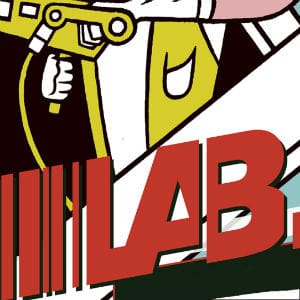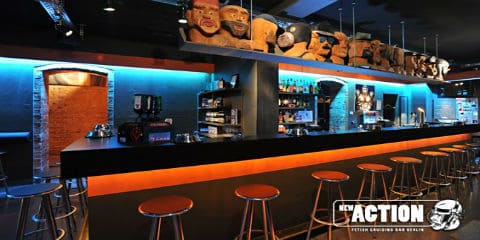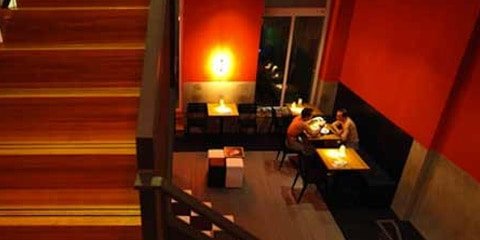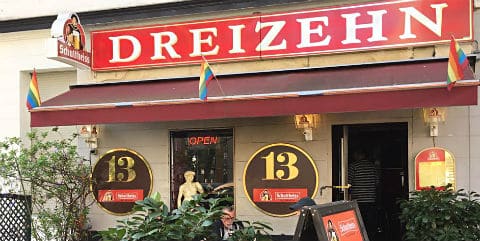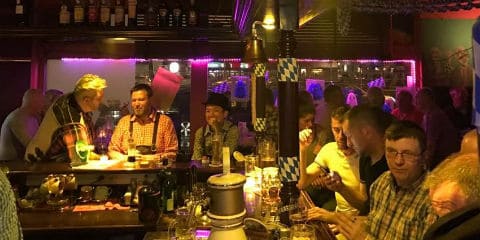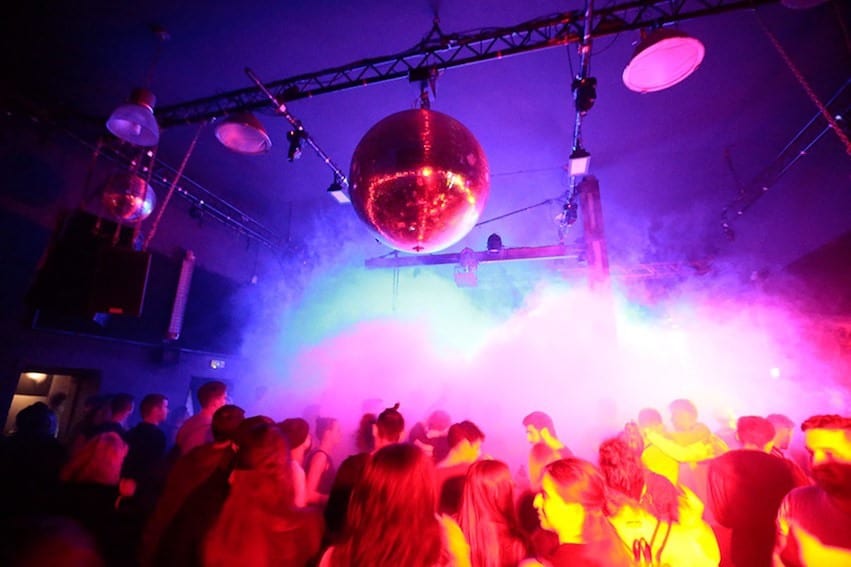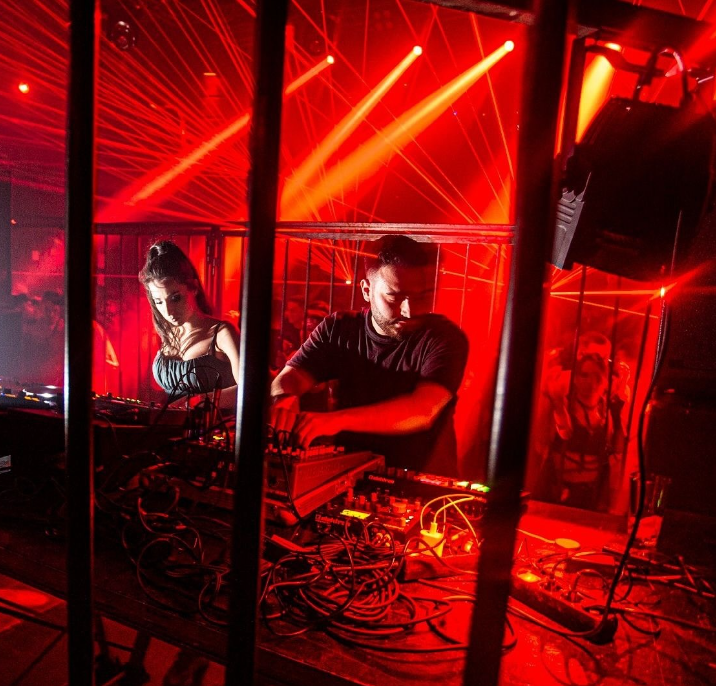
The Best Techno Clubs in Berlin
Find out why Berlin is the world’s techno capital.
Berlin’s techno scene is legendary. With a reputation as the world’s techno capital, the city offers an unparalleled array of clubs where the beats are relentless. Whether you're a seasoned techno aficionado or a newcomer, Berlin's clubs are second to none.
Berlin is the world’s techno capital and it boasts a designation as a city with UNESCO "Techno Heritage" status (a conceptual status rather than an official UNESCO title). The techno scene in Berlin is seen as a cultural treasure as well as an excuse to party all night.
1. Berghain/Panorama Bar
Berghain is the undisputed king of techno clubs, not just in Berlin, but globally. Housed in a former power plant, Berghain’s reputation for its marathon parties, world-class sound system, and intense atmosphere makes it the epitome of the Berlin techno experience. The club is famous for its strict door policy, which adds to its mystique, and once you're inside, the experience is unparalleled. The main floor is dedicated to hard, industrial techno, while Panorama Bar, located upstairs, offers a more melodic, house-oriented vibe. Be prepared for a long wait at the door and an unpredictable entry policy. Inside, you’ll find a cavernous space with minimal lighting and a crowd that’s deeply immersed in the music. The Berghain started as a gay club so it's very LGBTQ+-friendly.
2. Tresor
Tresor is one of the oldest and most iconic techno clubs in Berlin, established in 1991 and playing a crucial role in shaping the city’s techno scene. This club is also located in an abandoned power plant, creating a gritty, industrial setting that perfectly complements its raw, hard-hitting techno sound. Tresor is a must-visit for anyone looking to experience the roots of Berlin techno. Known for its relentless, pounding techno and dark, underground vibe, the club is divided into multiple rooms, each offering a slightly different musical experience, but all with the same intensity. The original vault, where the club first started, remains one of its most iconic spaces.
3. Sisyphos
Located in a former dog biscuit factory, this club offers a festival-like atmosphere with multiple dance floors, a beach area, and even a small lake (I know, right!?). Sisyphos is known for its eclectic music selection, which ranges from deep techno to more experimental sounds, and its whimsical, almost surreal environment. The vibe here is more laid-back and welcoming compared to some of the other clubs on this list (such as the more hardcore Berghain). It’s a place where you can dance all night and relax by the water during the day. The crowd is diverse, and the club has a strong LGBTQ+ presence, making it one of the most inclusive spots in the city.
4. ://about blank
://about blank embodies Berlin’s underground spirit. Originally started as a squat, the club has retained its DIY ethos, offering a more intimate and alternative experience compared to the larger clubs. The music policy is diverse, ranging from techno to house and beyond, with a strong focus on quality over commercial appeal. The main attraction is its outdoor garden, which comes alive during the summer months with all-day parties. ://about blank is also known for its political activism and community-oriented events.
5. Watergate
Watergate offers something a little different from the other clubs on this list. Located on the banks of the Spree River, Watergate is famous for its stunning views and sleek, modern design. The club’s LED light installation on the ceiling is a sight to behold and adds a futuristic touch to the overall experience. Watergate’s music leans more towards house and minimal techno, with an emphasis on quality international bookings. The crowd is a mix of locals and tourists, and the vibe is more polished and cosmopolitan than the gritty underground clubs. If you’re looking for a more upscale clubbing experience in Berlin, Watergate is the place to go.
6. KitKatClub
KitKatClub is known primarily for its sex-positive parties, but it’s also a significant player in Berlin’s techno scene. The club’s anything-goes attitude is reflected in both its music and its clientele, making it one of the most liberating and unconventional spaces in the city. KitKatClub is not for the faint-hearted. The dress code (or lack thereof) and the club’s open-minded approach to sexuality create an environment where anything can happen. Musically, the club offers a mix of techno, house, and other electronic genres, with a focus on creating a hedonistic, immersive experience. It has a swimming pool with a swing hanging over it (use your imagination).
7. Heideglühen
Heideglühen is one of Berlin’s best-kept secrets, and a beloved spot for those in the know within the city’s vibrant underground club scene. Unlike the more well-known, large-scale clubs like Berghain or Tresor, Heideglühen offers a more intimate and laid-back experience.
Located in a secluded area near Berlin's industrial outskirts, Heideglühen is somewhat off the beaten path. The club is housed in a wooden, cabin-like structure that exudes a cozy, almost rustic charm, quite different from the industrial, concrete-heavy aesthetics typical of Berlin’s larger techno temples.
Conclusion: How Berlin became the techno capital
The pivotal moment that laid the groundwork for Berlin’s techno scene was the fall of the Berlin Wall in 1989. The collapse of the Wall not only symbolized the end of a divided Germany but also created a blank slate for artistic and cultural expression. East Berlin, in particular, was filled with abandoned buildings, warehouses, and factories—spaces that were ripe for creative repurposing.
Amidst the social and political upheaval, Berlin became a magnet for artists and musicians. The city's underground scene, which had already been bubbling beneath the surface, exploded in the newly unified Berlin. Techno, a genre that had been gaining traction in Detroit, found a natural home in Berlin's post-industrial landscape.
